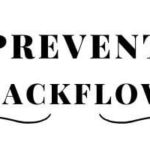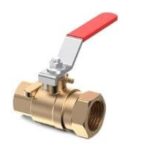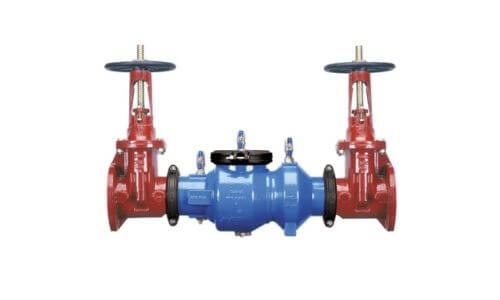
What Is Backflow Testing?
Flushing the toilet, it’s something people do every day. But imagine you look back at the toilet bowl and what was supposed to be flushed down is starting to come back and up towards you. This is usually a bad sign of a clog, but this could also be the result of backflow. Backflow happens when water starts flowing in the reverse direction of where it was supposed to. Unfortunately, this can have serious health effects.
Plumbing services protect lives by making sure that water is flowing in the direction it should be. In this article, the health risks of backflow are explained along with how you can prevent it. Also, you will learn where backflow most commonly takes place.
The Health Risks of Backflow
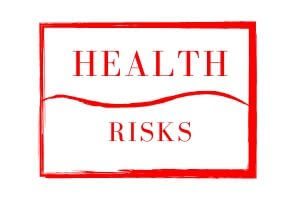 There are serious health risks to polluted water, with each type of backflow containing different kinds of risks. These risks are broken down into five categories. In the first category, the water that is pushed back into the system is still fine drinking water, so there is no risk to you.
There are serious health risks to polluted water, with each type of backflow containing different kinds of risks. These risks are broken down into five categories. In the first category, the water that is pushed back into the system is still fine drinking water, so there is no risk to you.In category two, the backflow consists of water that may have been heated or cooled and usually results in a change of appearance. In the third category, the water coming back contains water that has been exposed to a mild level of toxicity, such as water that comes from the cold tanks.
In category four, the backflow water may contain pesticides, posing a serious threat to humans. In the last category, the backflow might contain human waste, which is extremely unsanitary.
Backflow Prevention Tips
Backflow in a water supply occurs because of a phenomenon called backpressure, which is when the pressure in the water system is increased higher than the supply. Backflow can also occur because of back siphonage, which is where the pressure of the supply water is lowered below that of the system, which happens often in cases of draining.

Many homes nowadays have a backflow preventer installed into their water systems to prevent backflow. However, these systems fail. Your water is tested for backflow by checking the water pressure. To prevent backflow, you can use a backflow preventer or use air gaps in the pipes to keep the pressure under control, this will help you maintain your drinking water clean.
What to Do
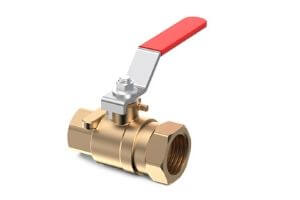 The backpressure associated with backflow is most likely to occur in unvented heating systems. Back siphonage is likely to occur during draining, such as when there is a break in a pipeline or when a fire hydrant is open and the air is allowed to seep out.
The backpressure associated with backflow is most likely to occur in unvented heating systems. Back siphonage is likely to occur during draining, such as when there is a break in a pipeline or when a fire hydrant is open and the air is allowed to seep out.If you notice that your water is not looking the way it should, the best thing to do is to shut off your water valve and call a plumber to come to check on your water. Additionally, you can have a backflow prevention device installed.
These systems work as a stopper for your plumbing. Anytime there’s a change in water pressure, they close, helping to protect your system from backflow. You should always consult with a professional plumber for the installation process.
Local Malverne Plumbing Professionals
Charles Krull & Sons, Inc. Plumbing & Heating in Malverne strives to bring the best plumbers to you. If you are in need of drain cleaning to prevent backflow or have any other kind of plumbing needs, Charles Krull & Sons, Inc. Plumbing & Heating has you covered.
Distribution Links +
- wrcbtv.com
- lubbocks969thebull.com
- ktvn.com
- magic1065.com
- kake.com
- erienewsnow.com
- fox21delmarva.com
- wicz.com
- wboc.com
- telemundolubbock.com
- tulsacw.com
- weny.com
- 1007thescore.com
- doublet973.com
- 937theeagle.com
- fox34.com
- lubbockcw.com
- mylubbocktv.com
- oldies977lubbock.com
- 1077yesfm.com
- rfdtv.com
- wfmj.com
- htv10.tv
- snntv.com
- central.newschannelnebraska.com
- metro.newschannelnebraska.com
- southeast.newschannelnebraska.com
- midplains.newschannelnebraska.com
- northeast.newschannelnebraska.com
- plattevalley.newschannelnebraska.com
- panhandle.newschannelnebraska.com
- rivercountry.newschannelnebraska.com
- wrde.com
- telemundonuevomexico.com
- wfxg.com




